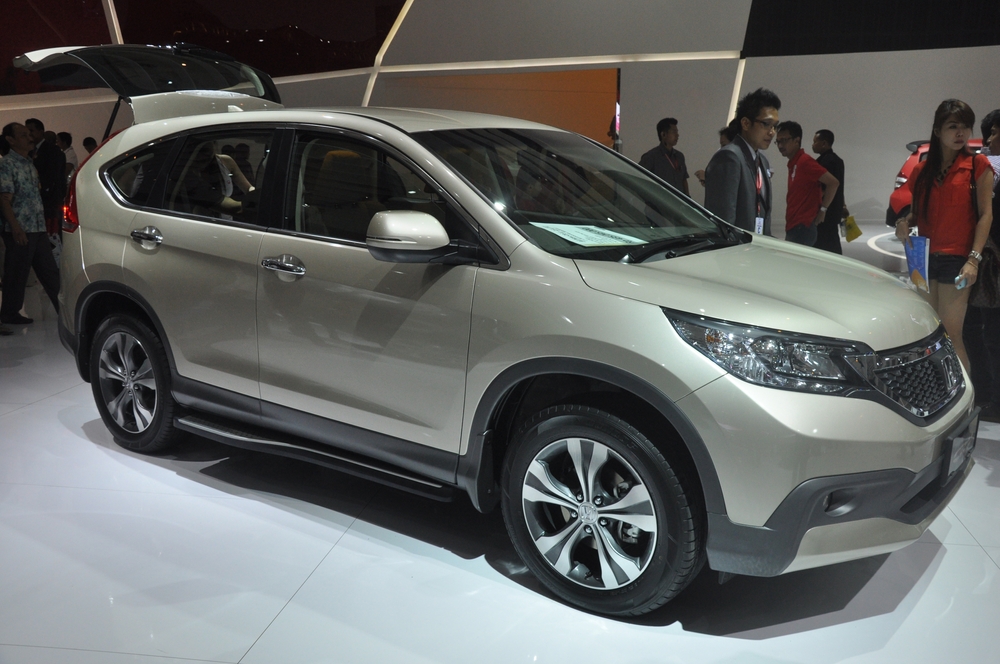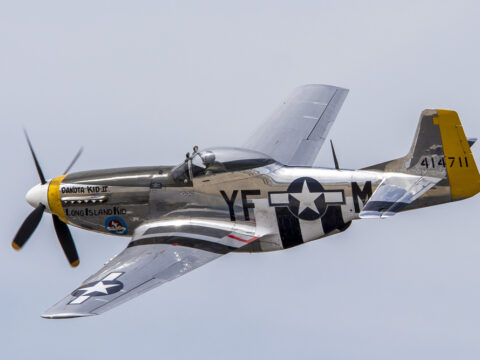The future of military aviation is being shaped by a variety of powerful forces. Technological innovations, strategic shifts, and evolving threats are all driving changes in how military aircraft are designed and operated. Join us as we explore 14 key factors that are set to transform military aviation.
Contents
Advanced AI and Machine Learning

Artificial intelligence (AI) and machine learning are revolutionizing military aviation by enabling autonomous flight, enhancing decision-making, and improving operational efficiency. These technologies allow aircraft to process vast amounts of data in real time, making them more responsive and adaptive to changing conditions. Additionally, AI can assist in predictive maintenance, reducing downtime and increasing readiness.
Stealth Technology

Stealth technology remains a cornerstone of modern military aviation, enabling aircraft to evade detection by radar and other surveillance systems. New materials and designs are continually enhancing the stealth capabilities of next-generation fighters and bombers. This progress allows for more effective penetration of enemy defenses, thereby increasing the likelihood of mission success.
Hypersonic Weapons

Hypersonic weapons, capable of traveling at speeds exceeding Mach 5, are reshaping military aviation by offering unprecedented speed and maneuverability. These weapons can evade traditional missile defenses and deliver rapid, precise strikes over long distances. Several major military powers prioritize the development of hypersonic missiles, fueling a new arms race.
Cyber Warfare

The increasing reliance on digital systems in military aviation makes cyber warfare a critical factor. Cyber threats have the potential to compromise aircraft systems, disrupt communication, and degrade operational effectiveness. Consequently, robust cybersecurity measures are paramount to protect sensitive data and maintain mission integrity. Advances in offensive cyber capabilities also enable targeted attacks on adversary infrastructure and aircraft.
Unmanned Aerial Vehicles (UAVs)

Unmanned Aerial Vehicles (UAVs), or drones, are transforming military aviation by providing versatile, cost-effective solutions for surveillance, reconnaissance, and strike missions. Their ability to operate in high-risk environments without endangering human pilots is a significant advantage. Technological advancements are increasing the range, endurance, and capabilities of UAVs, making them indispensable assets.
Autonomous Flight Systems

Autonomous flight systems are paving the way for the next generation of military aircraft. These systems leverage AI and advanced algorithms to enable self-piloted operations, reducing the need for human intervention. Autonomous aircraft can execute complex missions, including surveillance, logistics, and combat, with high precision and efficiency. The development of swarm technology, where multiple autonomous drones operate in concert, offers new tactical possibilities.
Directed Energy Weapons

Directed energy weapons (DEWs), such as lasers and microwaves, are emerging as powerful tools in military aviation. These weapons can disable or destroy targets with precision, offering a cost-effective alternative to traditional munitions. DEWs provide rapid response capabilities and can be deployed for missile defense, aircraft protection, and ground attacks. The ability to engage multiple targets quickly and accurately makes DEWs a game-changer.
Next-Generation Propulsion Systems

Innovations in propulsion systems are critical for enhancing the performance and capabilities of military aircraft. Next-generation engines aim to deliver higher speeds, greater fuel efficiency, and increased thrust-to-weight ratios. Advances in materials science and engineering are enabling the development of more powerful and reliable propulsion technologies. These improvements will support the deployment of hypersonic aircraft and enhance the operational range and endurance of existing platforms.
Advanced Materials and Manufacturing

The use of advanced materials, such as composites and nanomaterials, is revolutionizing aircraft design and construction. These materials offer superior strength-to-weight ratios, enhancing aircraft performance and durability. Additive manufacturing, or 3D printing, is also playing a significant role in reducing production costs and lead times. The ability to produce complex components on demand supports rapid prototyping and maintenance.
Enhanced Situational Awareness

Enhanced situational awareness is crucial for the effectiveness and safety of military operations. Advances in sensor technology, data fusion, and augmented reality are providing pilots with comprehensive, real-time information. These innovations improve decision-making and responsiveness in dynamic environments. The integration of advanced avionics and display systems further enhances situational awareness.
Space-Based Capabilities

Space-based capabilities are becoming increasingly important for military aviation. Satellites provide critical support for navigation, communication, and reconnaissance. Advances in space technology are enhancing the accuracy and reliability of these systems. The development of space-based missile defense and anti-satellite capabilities also plays a role in shaping future military operations.
Energy Efficiency and Sustainability

Energy efficiency and sustainability are becoming key considerations in military aviation. The development of alternative fuels and more efficient engines reduces operational costs and environmental impact. Advances in battery technology are also supporting the integration of electric and hybrid-electric aircraft. These efforts align with broader goals of reducing the military’s carbon footprint.
Pilot Training and Simulation

Advancements in pilot training and simulation are enhancing the preparedness of military aviators. High-fidelity simulators and virtual reality environments provide realistic training scenarios. These technologies allow pilots to practice complex maneuvers and emergency procedures in a safe setting. Enhanced training methods improve skill retention and readiness.
Regulatory and Ethical Considerations

The development and deployment of advanced aviation technologies raise important regulatory and ethical considerations. Ensuring compliance with international laws and norms is crucial. Ethical considerations, such as the use of autonomous weapons, require careful deliberation. Regulatory frameworks must evolve to address emerging challenges and ensure responsible use.
This article originally appeared on MyCarMakesNoise.
More from MyCarMakesNoise
11 Lightning-Fast Single-Engine Planes You Can Pilot Now

Exploring the skies has never been more exhilarating with the latest advancements in single-engine planes. Combining remarkable speed with cutting-edge technology, these aircraft offer both seasoned pilots and aviation enthusiasts an unparalleled flying experience. Read More.
10 Used Honda Models to Avoid Buying

When shopping for a used car, reliability is key. While Honda is known for producing dependable vehicles, some models have proven to be less reliable over time. In this guide, we’ll highlight the used Honda models you should steer clear of at all costs, detailing the issues that have plagued these particular vehicles. Read More.
8 Vintage RVs Restored to Their Former Glory

Vintage RVs have a timeless appeal that continues to capture the imagination of travelers and enthusiasts alike. Restoring these classic vehicles brings new life to their iconic designs while preserving the charm and nostalgia of the past. Read More.














